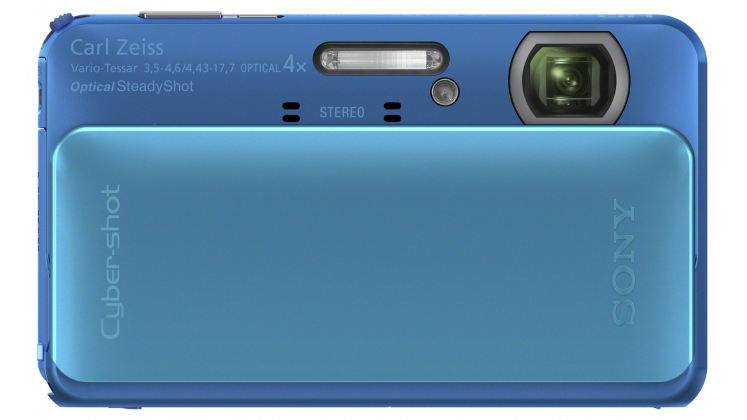Why you can trust TechRadar
Since the Sony TX20 incorporates the same 16.2MP BSI Exmor sensor and 4x optical zoom lens as its predecessor, there's little to report in terms of the newcomer's imaging abilities.
Where Sony does claim to have focused its attention is with regard to improving speed and performance. Without a Sony TX10 to race the camera against, it's difficult to say exactly how much of an improvement has been made in this area, but we can happily report that the Sony TX20's focusing proved to be both reliable and speedy under good lighting conditions.
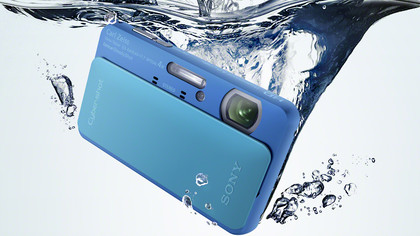
Low light does slow down this camera's reflexes, but the built-in AF-assist lamp helps with finding a lock on dimly lit subjects at close quarters.
- Read up on photography tips
More obvious changes are seen in the array of exposure modes that the Sony TX20 offers, with an improved panorama mode enabling you to shoot seamless shots encompassing a field of view of up to 360-degrees.
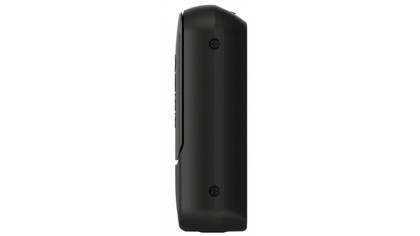
Some beginner-friendly creative Picture Effects – comprising HDR Painting, Rich-Tone Monochrome, Miniature, Toy Camera, Pop Color, Partial Color and Soft Hi-Key – offer a fast, fun way of spicing up your shots in-camera, with an additional array of automatic and Scene modes sitting alongside Program Auto, 3D and Background Defocus options.
With the most advanced mode on offer being Program, options for more advanced photographers are limited, reinforcing the Sony TX20's status as a go-anywhere, beginner-oriented compact camera.
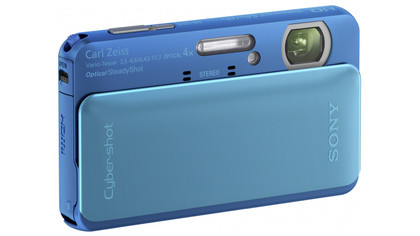
But while it's quick to start up and simple to operate, the Sony TX20 doesn't fare quite so well when it comes to image quality.
The internal lens isn't all that fast in comparison to some rivals, and sharpness tended to be lacking in JPEGs taken straight out of the camera.
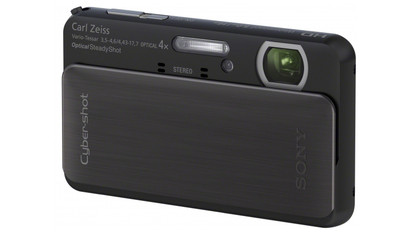
Noise is pretty well controlled throughout the camera's sensitivity range, but a rather overzealous noise reduction system robs images of a lot of detail the further you push up the ISO. As a result, to capture the highest level of detail possible, we'd recommend keeping it at ISO 400 or below wherever possible.
Full HD movies prove to be more detailed overall, but softness – particularly around the edges of the frame – is still prevalent.
